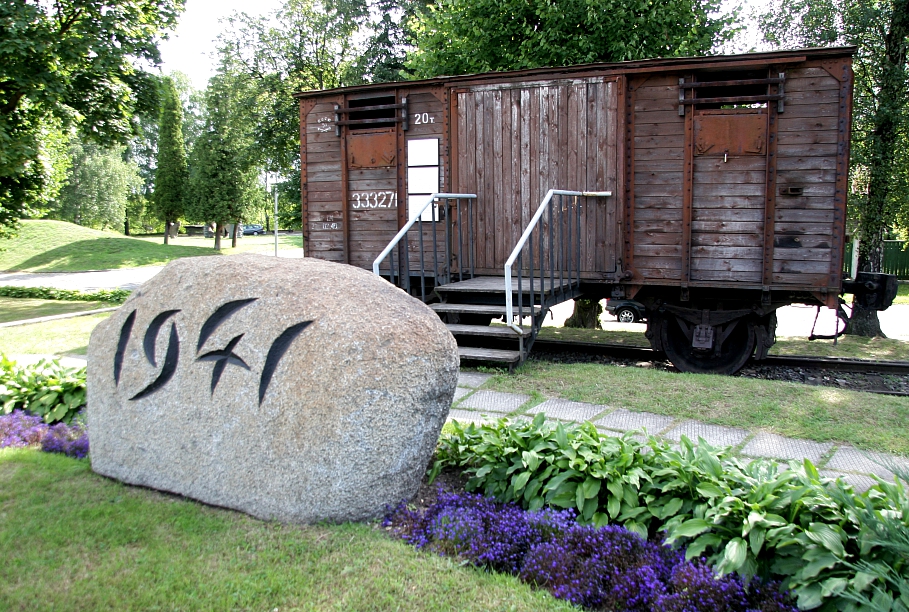At railway stations and town squares across the country, people will gather to speak and lay flowers in memory of the victims of one of the most brutal examples of unwarranted collective punishment in history.
President Raimonds Vejonis is appearing at several events to mark the deportations.
#Latvia's highest officials & dip.corps commemorate victims of 14 June 1941 deportations by #USSR occupation regime pic.twitter.com/KRC4PdFiyk
— Latvian MFA (@Latvian_MFA) June 14, 2016
There were two main waves of deportations, one in the wake of the Soviet Union's 1940 occupation of independent Latvia, which saw more than 15,000 people (including 2,400 children under the age of ten) loaded into cattle trucks on June 14, 1941.
Families were separated. Some children never saw their fathers again. There were numerous deaths during the journey of thousands of kilometers in cramped, unsanitary conditions.
Today in Latvia, we are paying tribute to the victims of deportations of 14 June 1941. Those are the events we will never forget!
— Valsts prezidents (@Rigas_pils) June 14, 2016
According to the Museum of the Occupation of Latvia: "Conditions in the hard labour camps were inhumane. The inmates lost their identities, and were terrorised by the guards and criminal prisoners. Food rations were meager, and did not replace the calories expended through work. People grew weak, and were crippled by diarrhoea, scurvy, and other illnesses.
Winters were marked by unbearable cold, and many did not survive the first one. Only a small part of those deported in 1941 later returned to Latvia. The families in forced settlement had to fend for themselves in harsh conditions; the death rate among the very young and the elderly was likewise high."
A second wave of deportations on an even larger scale, involving some 42,000 men, women and children took place on 25 March, 1949.
The effects on Latvian society were huge and can be felt to this day.
You can read more facts about the deportations HERE.
An excellent multilingual online virtual museum about the experiences of children deported to Siberia is HERE.
Flowers appeared throughout the day at the touching memorial to child deportees outside Riga Castle.
Piemineklis bērniem - komunistiskā genocīda deportāciju upuriem #Bārenīte pic.twitter.com/BvO8eMseKB
— lolita tomsone (@lolifish) June 14, 2016





























